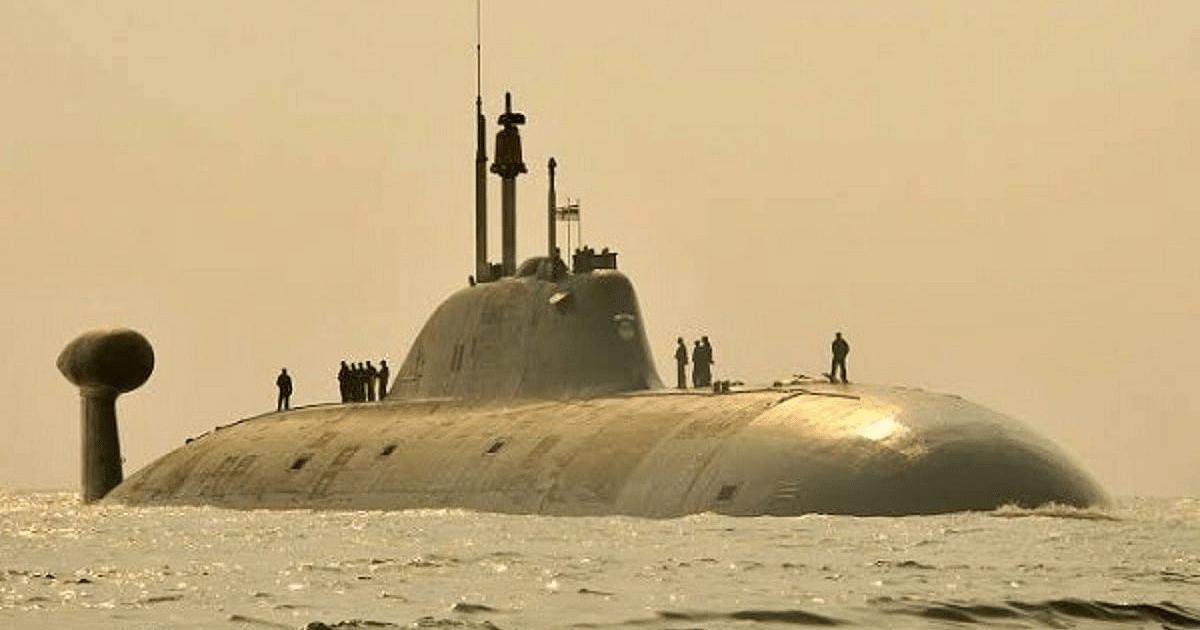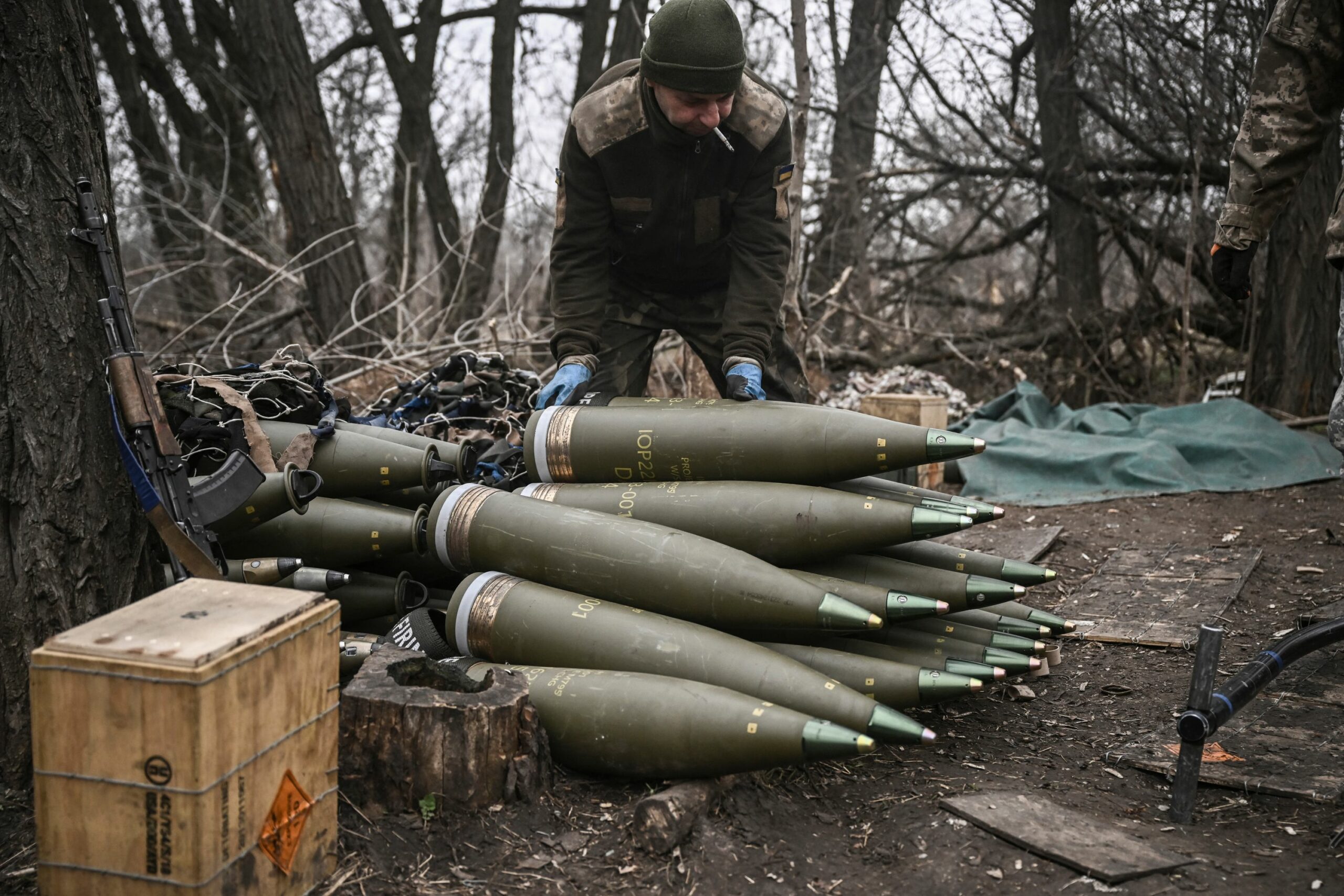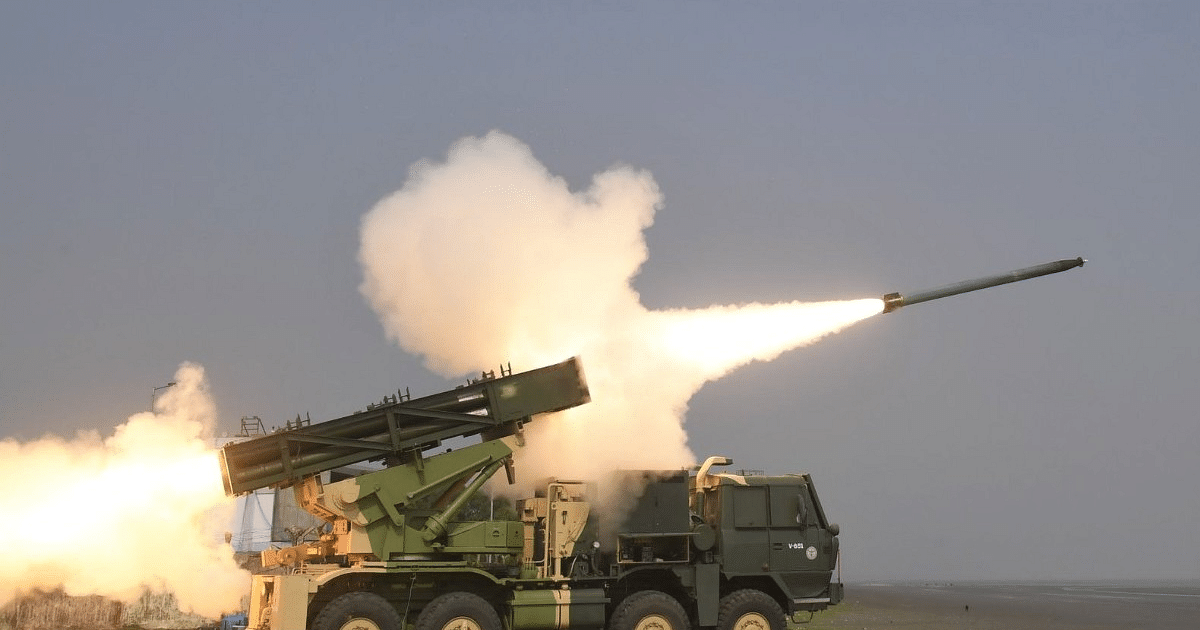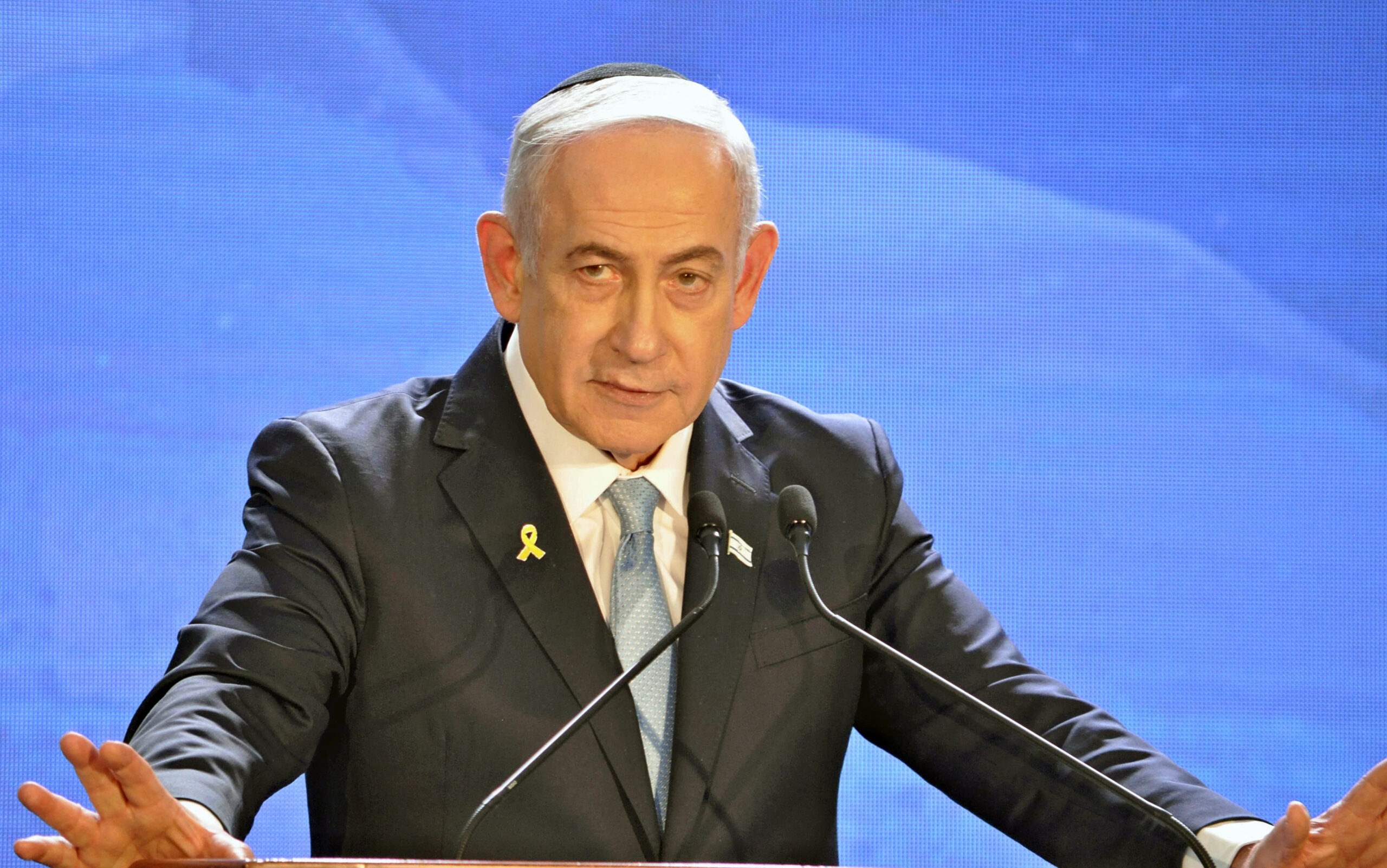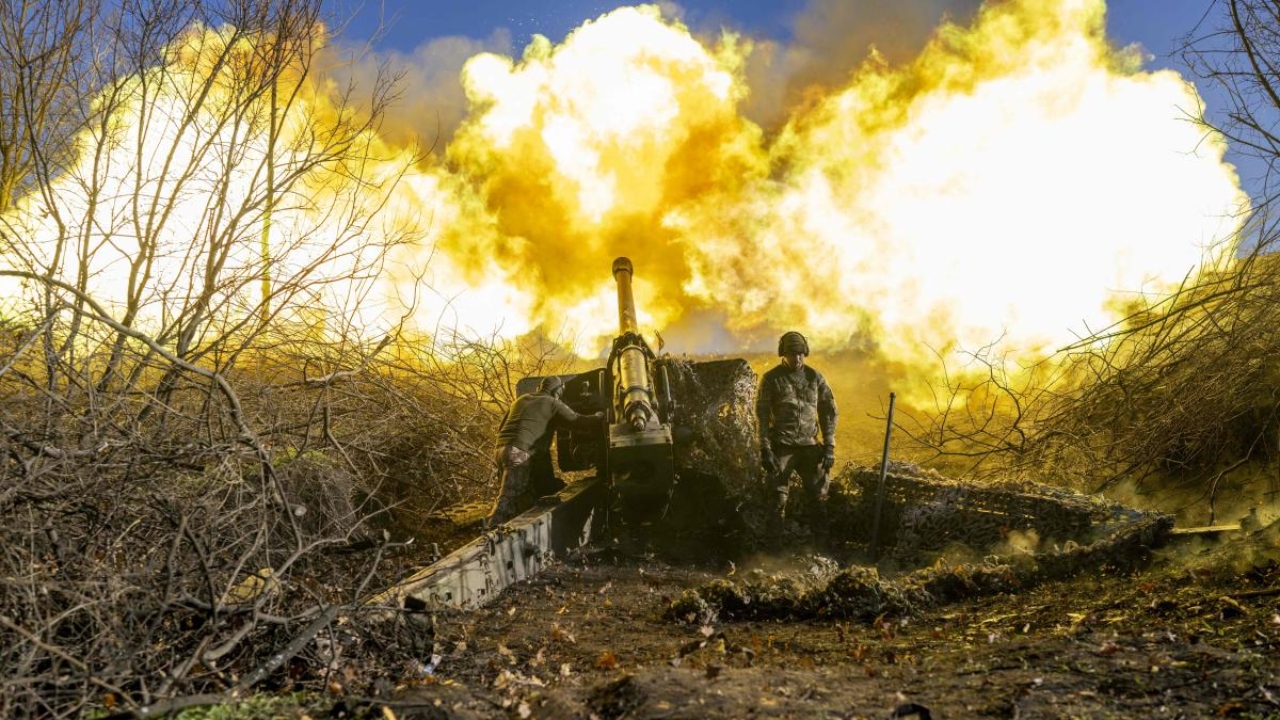How to Become a Commanding Officer in the Indian Army
Becoming a Commanding Officer in the Indian Army is a challenging yet highly rewarding pursuit that requires a unique set…
India Set to Receive First Guided-Missile Frigate from Russia Amid Ongoing Conflict
India is poised to receive its first of two new guided-missile frigates from Russia, a significant milestone amid the complexities…
Biden Administration Aims to Strengthen Ukraine Before Trump Takes Office
The Biden administration plans to allocate the remaining $6 billion designated for Ukraine before the upcoming presidential inauguration of Donald…
France Set to Evaluate India’s Pinaka Multi-Barrel Rocket Launch System for Potential Purchase
Armenia has recently set the stage for India’s Pinaka Multi-Barrel Rocket Launcher (MBRL) to gain traction in the international market,…
Netanyahu Confirms Israel’s Role in Deadly September Hezbollah Attack in Lebanon
Prime Minister Benjamin Netanyahu officially acknowledged on Sunday Israel's role in a series of deadly attacks against Hezbollah communications devices…
Russian Troops Face Heaviest Casualties Yet in Ukraine War, UK Defense Chief Reports
Recent statements from Britain's armed forces highlighted a significant escalation in the casualty figures of Russian troops, marking October as…


